The LUMOS facility is equipped with ultrafast laser systems covering a broad spectral range that spans the far-infrared to the soft X-ray portion of the electromagnetic spectrum. These systems enable a multitude of ultrafast spectroscopic and imaging experiments, including optical-pump terahertz-probe spectroscopy, high harmonic generation extreme ultraviolet spectroscopies, and scanning probe imaging and spectroscopies. We work closely with the Center for Integrated Nanotechnologies to study and develop novel materials for a wide range of applications.
Our research is focused on the properties and dynamic behavior of complex organic (polymers, molecules) and inorganic (multiferroics, heavy fermions and Kondo systems, topological insulators, and oxide heterostructures) materials. We apply scanning probe microscopies and ultrafast optical spectroscopy to gain an insight into materials functionality at the fundamental spatial and temporal scales. In particular, we rely on broadband coherent electromagnetic probes spanning X-Ray to THz photon energies to investigate how materials properties emerge from strong correlations among spin, lattice, orbital and charge degrees of freedom. We also use scanning tunneling (magnetic, piezoelectric and others) microscopy to reveal the intrinsic connection between these correlations and spatial homogeneity of materials response. Finally, we manipulate the spectral and temporal phases and amplitudes of ultrafast electromagnetic pulses with a goal of controlling the system evolution pathways ensuing coherent photoexcitation.
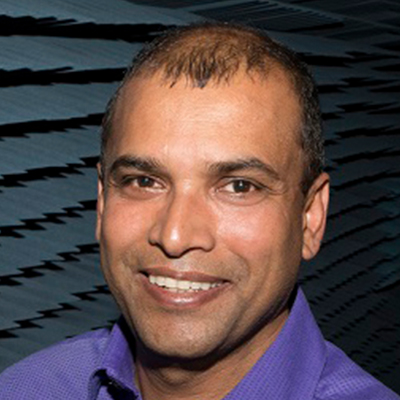 Abul Azad |
|
|
|
 Prashant Padmanabhan |
|
|
LUMOS Affiliated Scientists
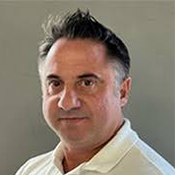 Diego Dalvit
|
|
|
|
|
|
We are interested in the use of ultrafast optical pulses to 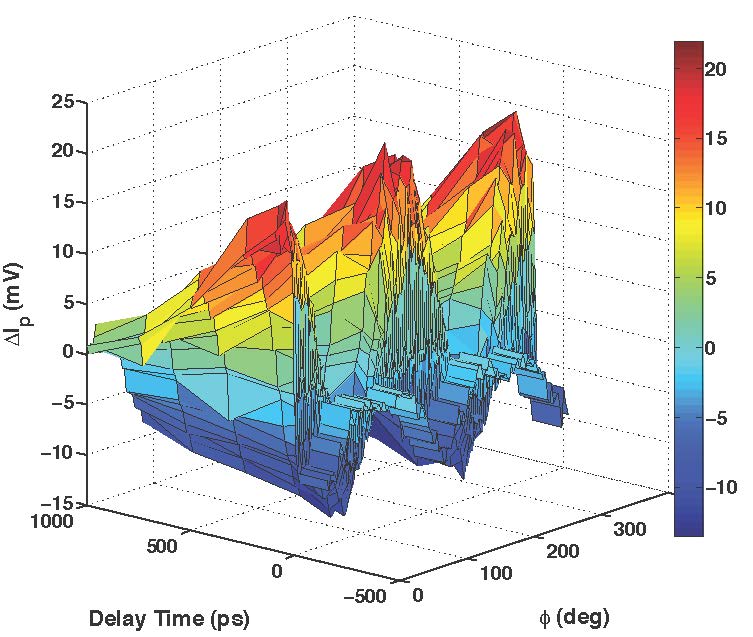 study dynamics and phenomena in a variety of complex materials over a broad frequency range (terahertz to x-rays). Some recent examples multiferroics and ferroelectric/ferromagnet oxide heterostructures, ultrafast dynamics in two-dimensional nanosystems (e.g. graphene, topological insulators, transition metal dichalcogenides), and spatiotemporally resolved carrier transport in silicon core/shell nanowires. We further develop new ultrafast optical techniques for interrogating materials over a broad wavelength range with high temporal and spatial resolution (e.g. ultrafast wide-field optical microscopy, infrared pump/optical probe techniques etc.). Finally, we are also interested in combining metamaterial and plasmonic structures with complex materials to control their properties and reveal new phenomena.
study dynamics and phenomena in a variety of complex materials over a broad frequency range (terahertz to x-rays). Some recent examples multiferroics and ferroelectric/ferromagnet oxide heterostructures, ultrafast dynamics in two-dimensional nanosystems (e.g. graphene, topological insulators, transition metal dichalcogenides), and spatiotemporally resolved carrier transport in silicon core/shell nanowires. We further develop new ultrafast optical techniques for interrogating materials over a broad wavelength range with high temporal and spatial resolution (e.g. ultrafast wide-field optical microscopy, infrared pump/optical probe techniques etc.). Finally, we are also interested in combining metamaterial and plasmonic structures with complex materials to control their properties and reveal new phenomena.
Contacts: Abul Azad, Hou-Tong Chen
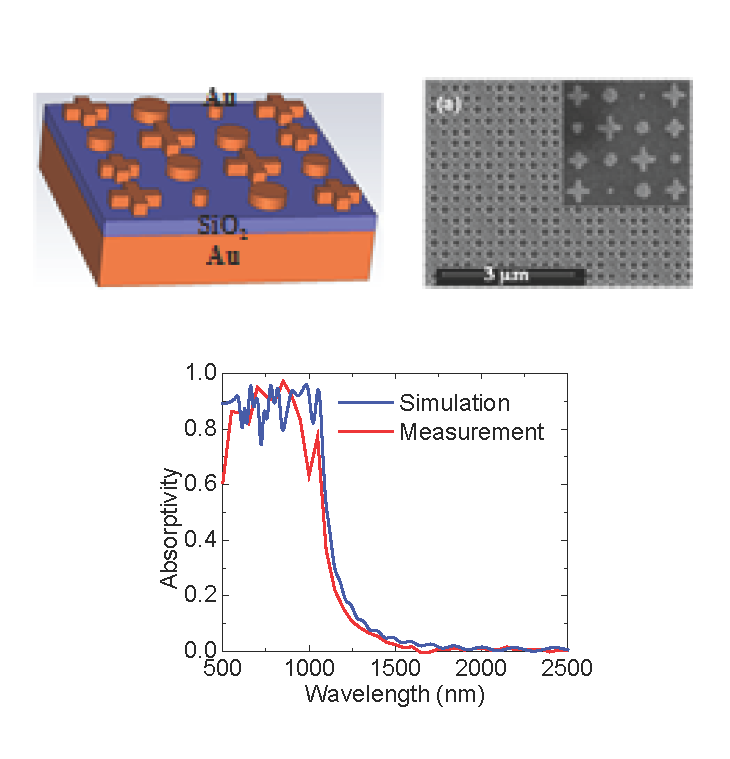
Our research interests include fundamental and applied aspects of metamaterials, plasmonics, and electromagnetic phenomena. Recent examples include ultrathin metamaterial terahertz absorber, optically reconfigurable metamaterial, ultrafast surface plasmon polariton, and broadband plasmonic solar absorber. We are also interested in studying strongly coupled metamaterial systems and their interactions with natural/artificial media. We have employed strongly coupled systems to enable electrically small efficient microwave antenna and tunable terahertz modulators. For this research, we extensively use nano/microfabrication facilities and a variety of spectroscopic techniques including time resolved terahertz and optical pump-probe systems. Additionally, we are involved in developing new measurement capabilities including time-resolved terahertz spectroscopy, terahertz ranging system, and microwave anechoic chamber for antenna characterization.
Ultrathin broadband solar light absorber.
Contacts: Richard Sandberg, Steve Gilbertson
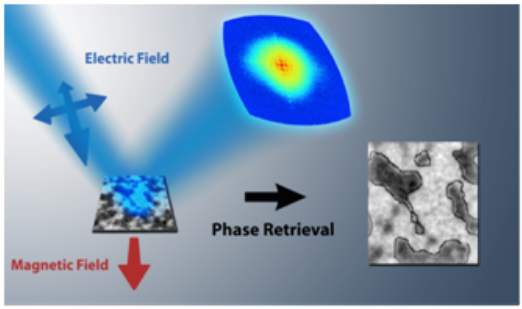 We are developing x-ray imaging and spectroscopy techniques for studying materials dynamics on a variety of systems. We use various sources from synchrotron and x-ray free electron laser based facilities to tabletop high harmonic generation sources to probe materials' structural, charge, and spin changes on the shortest of time scales (femtosecond to attosecond). We use these x-ray sources to study materials' electronic dynamics with time-resolved angle resolved photoemission, time resolved spectroscopy, and image nanometer-scale structural or magnetic spin dynamics with coherent x-ray imaging.
We are developing x-ray imaging and spectroscopy techniques for studying materials dynamics on a variety of systems. We use various sources from synchrotron and x-ray free electron laser based facilities to tabletop high harmonic generation sources to probe materials' structural, charge, and spin changes on the shortest of time scales (femtosecond to attosecond). We use these x-ray sources to study materials' electronic dynamics with time-resolved angle resolved photoemission, time resolved spectroscopy, and image nanometer-scale structural or magnetic spin dynamics with coherent x-ray imaging.
Contacts: Steve Gilbertson

Our team develops various optical diagnostics to study materials in extreme conditions including shock, detonation, and plasma environments. These diagnostics have taken various forms over time, but include laser velocimetries
(VISAR and photonic Doppler velocimetry [PDV]), time resolved spectroscopies, THz spectroscopy, x-ray imaging,
and optical fiber Bragg grating sensor development. These diagnostics have been used to support a wide array of NNSA and national security missions.
LUMOS Alumni |
|
|
|
2024
2023